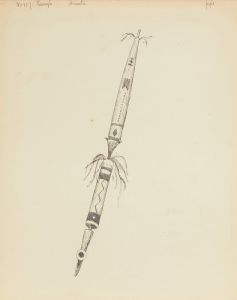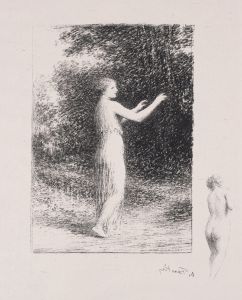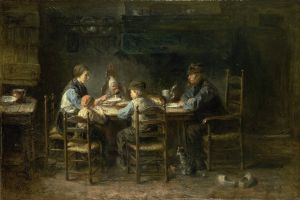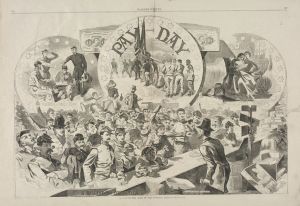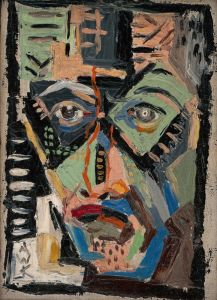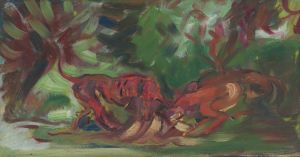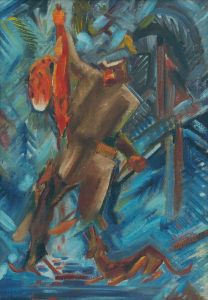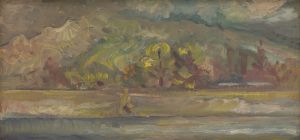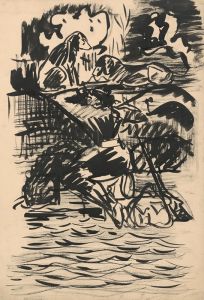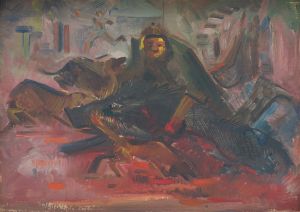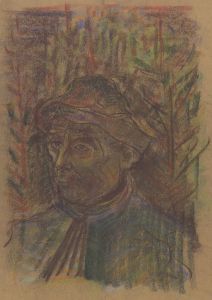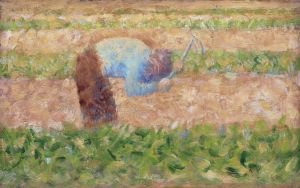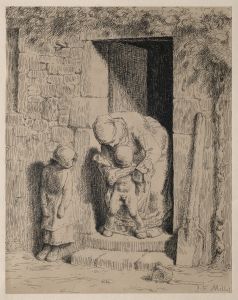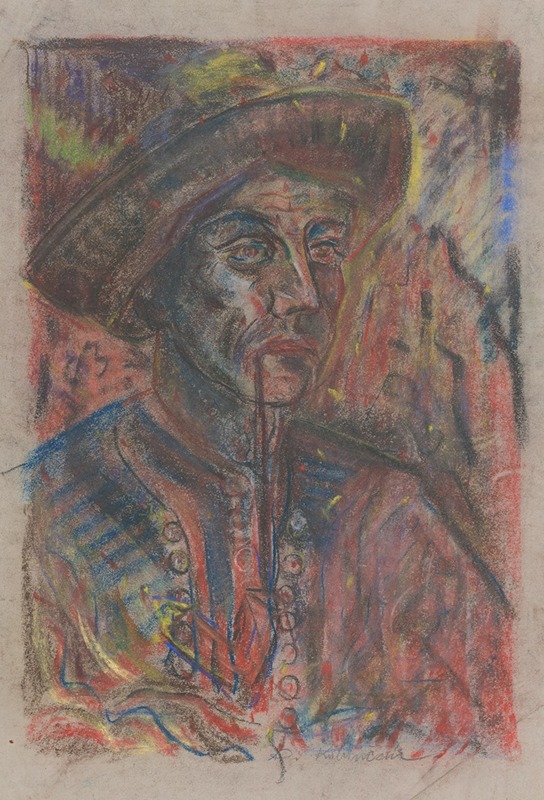
Farmer with a Pipe
A hand-painted replica of Arnold Peter Weisz-Kubínčan’s masterpiece Farmer with a Pipe, meticulously crafted by professional artists to capture the true essence of the original. Each piece is created with museum-quality canvas and rare mineral pigments, carefully painted by experienced artists with delicate brushstrokes and rich, layered colors to perfectly recreate the texture of the original artwork. Unlike machine-printed reproductions, this hand-painted version brings the painting to life, infused with the artist’s emotions and skill in every stroke. Whether for personal collection or home decoration, it instantly elevates the artistic atmosphere of any space.
Arnold Peter Weisz-Kubínčan was a Slovak-Jewish painter whose works are known for their unique blend of modernist and expressionist styles. One of his notable paintings, Farmer with a Pipe, reflects his artistic approach and thematic focus on rural life and human emotion. The painting portrays a farmer holding a pipe, rendered with bold lines and vibrant colors, characteristic of Weisz-Kubínčan's style. The work captures the dignity and simplicity of rural existence, a recurring theme in his oeuvre.
Weisz-Kubínčan was born in 1898 in Dolný Kubín, Slovakia, and studied art in Budapest and Vienna. His career was tragically cut short during World War II due to his Jewish heritage. He was deported to a concentration camp in 1944, where he is believed to have perished. Much of his work was lost or destroyed during this period, making surviving pieces like Farmer with a Pipe particularly significant.
The painting is an example of Weisz-Kubínčan's ability to merge traditional subject matter with modernist techniques. The farmer's expression and posture convey a sense of resilience and introspection, while the use of color and form demonstrates the artist's innovative approach to composition. The work is often cited as a testament to the cultural and artistic contributions of Slovak-Jewish artists during the interwar period.
Due to the scarcity of surviving documentation about Weisz-Kubínčan's life and work, details about the creation and provenance of Farmer with a Pipe are limited. However, the painting remains an important piece in understanding the artist's legacy and the broader context of European modernism in the early 20th century.





